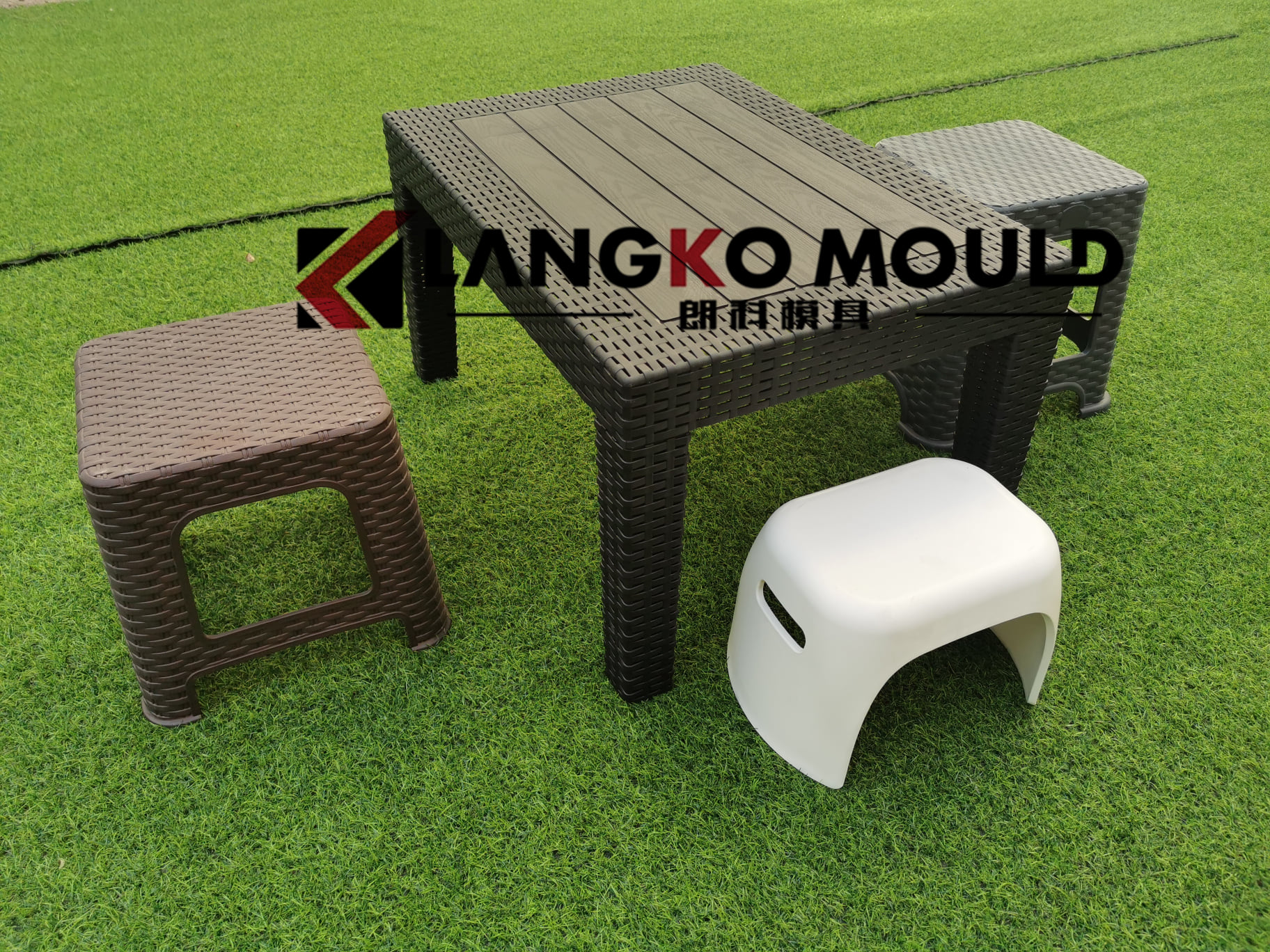Pros and Cons of Injection-Molded Parts
栏目:MOULD BLOG 发布时间:2024-12-27
Pros and Cons of Injection-Molded Parts
Injection molding is a cornerstone of modern manufacturing, prized for its ability to produce high-quality plastic parts with precision and efficiency. While it offers a range of benefits, there are also some considerations to keep in mind. This article highlights the key advantages and things to watch out for when using injection molding, helping you make more informed decisions for your projects.

Pros:
·1.High precision and quality: One of the biggest advantages of injection molding is the ability to produce parts with tight tolerances and smooth surfaces. This ensures that every part produced in large batches is consistent, which is critical to product consistency.·2.High productivity: Injection molding is extremely efficient, allowing manufacturers to produce large quantities of parts quickly. The production process can be automated, thus reducing labor costs, making it a cost-effective solution for mass production.
·3.Cost-effectiveness for high-volume production: While the initial setup costs for molds and tooling can be high, the cost per part decreases significantly as production scales up. This makes injection molding a smart choice for projects requiring high-volume production, as it provides an excellent return on investment.
·4.Material Variety: With injection molding, you have a wide selection of thermoplastics, giving you the flexibility to choose a material that suits your specific needs. Whether you need a material that is tough, flexible, or resistant to heat and chemicals, injection molding can meet your needs.
·5. Complex shapes: Another big advantage of injection molding is the ability to produce complex shapes. With well-designed molds, even the most delicate parts can be manufactured efficiently, which is good news for innovative product designs.
Cons:
· 1.Initial Cost: One of the challenges of injection molding is the initial investment in the mold and mold setup, which can be high, especially for complex designs. However, this cost is often justified when producing in large quantities, as the cost per part drops significantly.
· 2.Material Selection: While injection molding works well with many thermoplastics, some materials are difficult to process, especially those that flow poorly. It is important to carefully select the right materials and optimize the process to avoid problems.
· 3.Cycle Time: Parts with thicker walls or complex designs may require longer cooling times, which can slow down the production process slightly. Finding the right balance between design complexity and production efficiency is key to keeping production running smoothly.
·4. Design Flexibility: Injection molding works best when certain design guidelines are followed, such as maintaining uniform wall thickness. While this ensures better material flow and reduces defects, it can also limit the creativity of the design in some ways.
· 5.Environmental Impact: While many of the materials used in the injection molding process are recyclable, the process also generates some waste, such as excess material from runners and gates. Environmental impact can be minimized by selecting recyclable materials and optimizing mold design.
For mold manufacturing services customized to your needs, contact us today to find out how we can support your next project!
LUCY
Whatsapp:+8613375867056



 86-0576-81122860
86-0576-81122860





